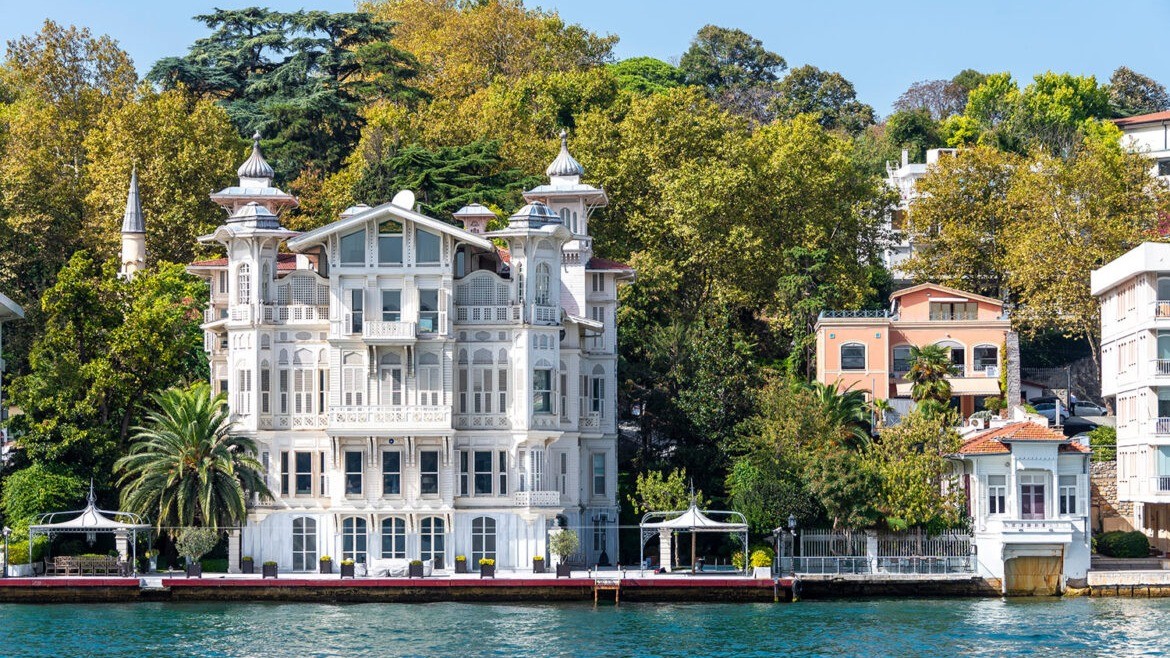In an era where travelers seek more than just picturesque landscapes and luxury accommodations, heritage tourism is emerging as a powerful force in the global travel industry. For a country like Sri Lanka, rich in cultural legacies and ancient cities, this form of tourism presents a unique opportunity to bridge the past with the present, offering experiences that go beyond the ordinary. By reviving and promoting ancient cities like Anuradhapura, Polonnaruwa, and Sigiriya, Sri Lanka can not only enhance its tourism industry but also preserve its invaluable heritage for future generations.
The Global Rise of Heritage Tourism
Heritage tourism has become a major trend in the travel industry, driven by a growing global interest in culture, history, and authentic experiences. According to the United Nations World Tourism Organization (UNWTO), cultural and heritage tourism accounts for 40% of global tourism, with travelers increasingly seeking destinations that offer deep-rooted historical narratives. Countries like Italy, Greece, and Egypt have long capitalized on their rich histories, drawing millions of visitors each year. Sri Lanka, with its impressive array of ancient ruins, sacred temples, and colonial influences, has immense potential to become a major player in this sector.
Sri Lanka’s Ancient Cities: Untapped Potential
1. Anuradhapura – The Sacred City of Kings
One of the oldest continuously inhabited cities in the world, Anuradhapura served as Sri Lanka’s first capital and remains a treasure trove of Buddhist heritage. With its awe-inspiring dagobas (stupas), ancient monasteries, and the sacred Sri Maha Bodhi tree, this city attracts thousands of pilgrims each year. However, to enhance its appeal to modern travelers, there is a need for improved infrastructure, better guided experiences, and immersive storytelling techniques such as augmented reality (AR) tours that bring history to life.
2. Polonnaruwa – The Medieval Marvel
A UNESCO World Heritage Site, Polonnaruwa is home to some of the best-preserved ruins in South Asia. The city’s iconic Gal Vihara, with its colossal Buddha statues, showcases the architectural and artistic mastery of ancient Sri Lankan civilization. Despite its significance, the site lacks adequate tourist-friendly amenities. A well-planned heritage tourism strategy could include interactive museums, night-time light shows, and eco-friendly accommodations that enhance the visitor experience while ensuring conservation.
3. Sigiriya – The Eighth Wonder of the World
Famed for its magnificent rock fortress and breathtaking frescoes, Sigiriya is one of Sri Lanka’s most iconic attractions. However, its potential as a heritage tourism hub remains largely unexplored beyond the fortress itself. By developing surrounding areas with cultural performances, traditional craft workshops, and immersive historical experiences, Sigiriya could become a world-class heritage destination that captivates modern travelers.
Challenges in Developing Heritage Tourism
While the opportunities are vast, Sri Lanka faces several challenges in fully realizing the potential of heritage tourism:
1. Lack of Sustainable Conservation Efforts
Many historical sites suffer from neglect, vandalism, and environmental degradation. Without proper preservation strategies, these priceless monuments risk being lost to time. It is essential to implement stricter conservation laws, invest in site maintenance, and promote responsible tourism practices.
2. Insufficient Infrastructure and Accessibility
Several heritage sites are difficult to reach due to poor transportation networks and lack of visitor facilities. Developing better roads, public transport options, and modern amenities such as rest areas, restaurants, and information centers can significantly improve the tourist experience.
3. Lack of Awareness and Promotion
Despite their historical significance, Sri Lanka’s heritage sites often receive less attention compared to beach and wildlife tourism. A targeted marketing campaign, leveraging digital platforms, travel influencers, and virtual tours, can generate greater global interest.
Solutions and Future Prospects
To successfully position Sri Lanka as a leading heritage tourism destination, a multi-faceted approach is required:
1. Government and Private Sector Collaboration
Public-private partnerships can drive investment in heritage tourism. Encouraging private enterprises to develop eco-friendly hotels, heritage-themed resorts, and local crafts markets can generate employment opportunities while enhancing visitor experiences.
2. Technology-Driven Tourism
The integration of technology can revolutionize how tourists engage with heritage sites. Virtual reality (VR) experiences, AI-powered tour guides, and multilingual mobile apps can make historical narratives more engaging and accessible.
3. Community Involvement
Empowering local communities to actively participate in heritage tourism ensures economic benefits are widely distributed. Local artisans, traditional dancers, and historians can play a crucial role in providing authentic experiences to visitors.
4. Cultural Festivals and Events
Hosting annual cultural festivals, reenactments, and traditional food fairs at heritage sites can attract both domestic and international tourists. Such events can highlight Sri Lanka’s rich traditions and create memorable experiences for visitors.
The Road Ahead
Reviving Sri Lanka’s ancient cities for modern travelers is not just about boosting tourism revenue; it is about safeguarding the nation’s cultural identity and passing it on to future generations. By investing in infrastructure, promoting sustainable tourism practices, and leveraging technology, Sri Lanka can establish itself as a global heritage tourism hotspot. With the right strategies, these ancient cities can once again thrive, not just as relics of the past but as vibrant centers of culture, learning, and exploration.
As we stand at the crossroads of history and modernity, it is time to reimagine heritage tourism in Sri Lanka—not as a relic of the past, but as a gateway to a richer, more meaningful travel experience for generations to come.
Read more here


Dr. Dharshana, we are sit back on the treasure.
Thanks